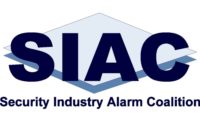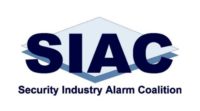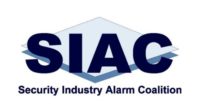Sandy Springs residents and businesses who use alarm systems to protect lives and property will have to invest millions of dollars in new equipment to continue to receive police response under the city’s alarm ordinance set to go into effect on June 19, according to the Security Industry Alarm Coalition (SIAC).
“If you estimate conservatively using $500 per system to upgrade to video or audio verification the total cost for approximately 10,000 business and residential alarm owners would come to $7 million,” said Scott Hightower, president of the Georgia Electronic Life Safety & Systems Association. “If the average cost of upgrades is $1,000, the cost would come to approximately $14 million. The figure does not include any additional monitoring costs that may be incurred over time. If only half of alarm owners decided to upgrade their systems to video or audio the cost would come to $3.5 million.
“The addition of audio or video can be encouraged by providing a higher priority police response,” Hightower said. “However, demanding universal changes to systems that may not need them or where they are not practical is an unnecessary burden on taxpayers.”
Alarm owners have the option of security guards responding to alarms, but experience shows that approximately 70 percent of business and homeowners do not choose this option; in many cases they respond on their own resulting in potentially hazardous outcomes, according to SIAC.
“Experts in electronic security continue to stand by ready to help Sandy Springs replace its controversial alarm ordinance with a model alarm ordinance that is utilized nationwide,” said Stan Martin, SIAC president. “The model ordinance does not require any additional investment in equipment and allows departments to cut off service to the few locations that typically cause the most unnecessary dispatches. It is important to note that Sandy Springs has not met with industry experts from GELSSA or SIAC to fully understand the costs as well as practical limitations of audio and video surveillance systems.”
SIAC says that even a moderately successful model alarm program would reduce alarm calls in Sandy Springs to approximately four per 8-hour shift.
“The city’s decision to schedule a meeting less than one month before the new ordinance goes into effect is an admission of confusion and concern,” Hightower said. “This is not an appropriate way to address this important public safety issue.”
One reason for concern and confusion has been the city’s choice to begin promoting certain types and brands of alarm systems without fully understanding the advantages and risks involved, according to SIAC. For example, many of the systems being mentioned are proprietary, meaning the owner is locked into one company for equipment and monitoring.
“Self-monitoring systems are appropriate in some instances, but you certainly don’t want your child’s school bus driver, your surgeon, a truck driver or someone driving next to you on the highway suddenly looking at their cell phone because of an alarm activation,” Martin said. “Audio and video can be expensive for homeowners and businesses and impractical for some locations."
“There are good reasons only a handful of cities have adopted the ordinance being implemented by Sandy Springs,” SIAC said in a statement. “Verified response does not save tax dollars; in fact it imposes additional costs on taxpayers and is unnecessary to solve the problem Sandy Springs is attempting to address.”



